This collection of ideas and thoughts offers insight into what is possible when minds and circumstances converge.
Ar. David Rhodes

A large number of projects of an architectural firm often remain unbuilt due to various reasons. While the architectural discourse is assessed through what is built, unbuilt explorations are not merely forgotten endeavours. They are sources of inspiration that shape an architect’s design ideas, philosophy and professional trajectory.

At VK:a architecture, we approach every project by asking questions
Guided by these questions, the projects attempt to demonstrate various paths to arrive at an answer – sometimes, more questions. Unbuilt.01 is the first of its series, published on the occasion of the 50th year of the foundation of VK:a, containing some of these design queries and unrealised concepts.
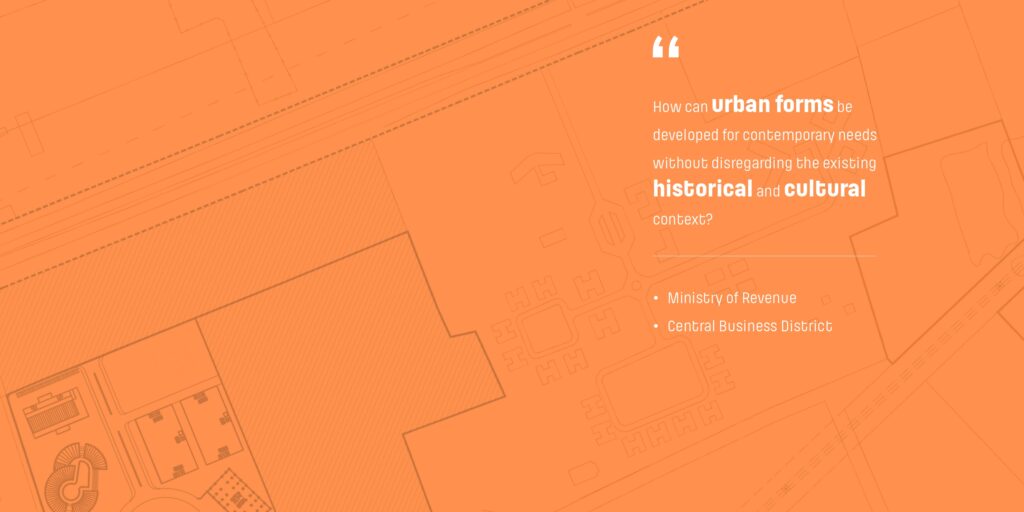
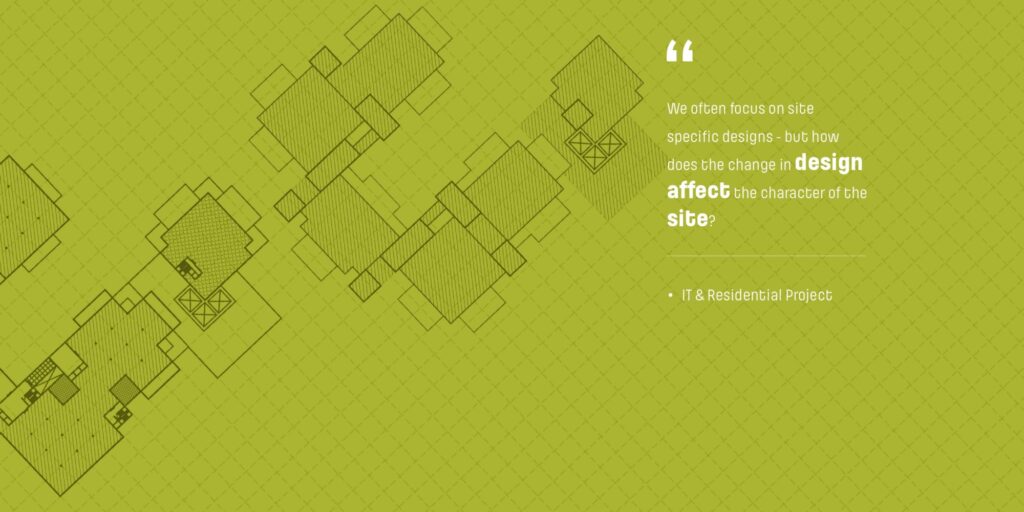
The book features forewords written by Michael W. Bischoff, Partner at Pei Cobb Freed & Partners, New York, and Ar. David Rhodes, Managing Partner at Rhodes Architects LLP, UK. Michael makes a case for the unbuilt with the fact that “an idea that fails to be realised within one context has the potential to reemerge elsewhere in a new form“. While Ar. David Rhodes, with years of collaborative work between him and VK:a, some of which are exhibited in the book, comments that “this collection of ideas and thoughts offers insight into what is possible when minds and circumstances converge.“
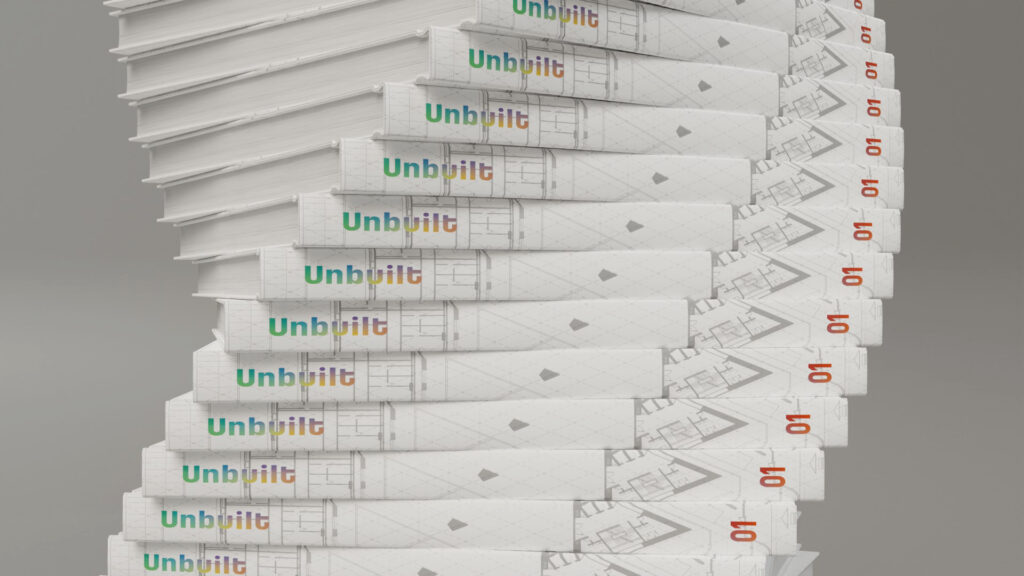
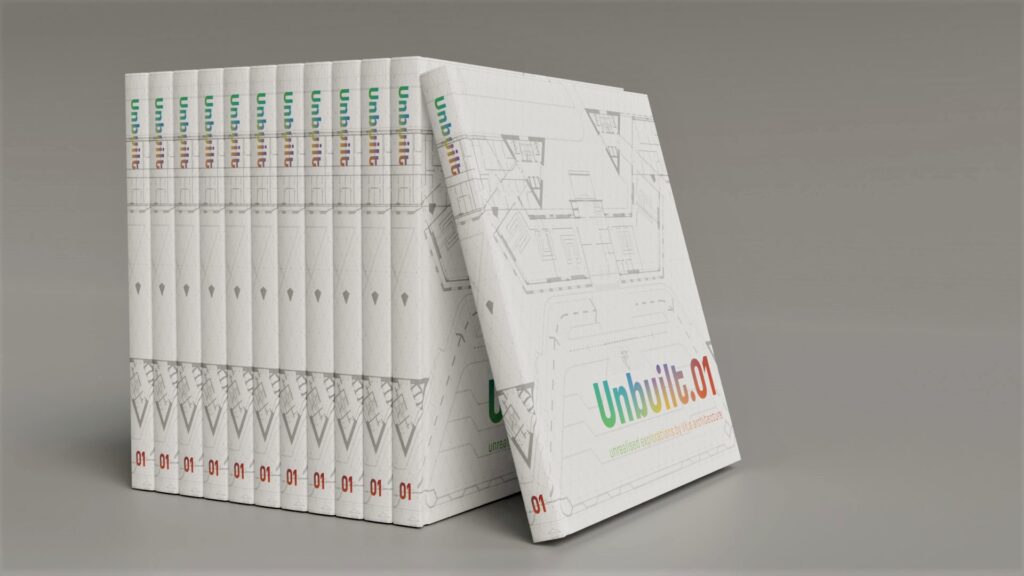
Though the book is a collection of unbuilt works, none of the projects are hypothetical – they were all designed based on the requirements given by the client or competition for a specific site and function.
Cover of the Book
The cover features a triangular grid – the most stable form –set against a clean white background, a blank canvas of potential that the unbuilt projects offer. As David aptly put it,
the ideas within it await a suitable client, brief and circumstances to move them forward.

Introduction and Conclusion
Ar. Dwaipayan Chakravarty’s introduction to the book familiarises the reader with VK:a and the intent and structure of the book. He likens the inquisitions that guided these architectural projects to his own quest for a wonderous future in architecture as a fresh graduate at the turn of the new millennium. Reminiscing the stories of struggle of the bygone days with Vishwas Kulkarni, the now Junior Partner at VK:a promises that,
VK:a will continue to ask pertinent questions, and we will continue to take interesting design journeys that try to answer such questions.
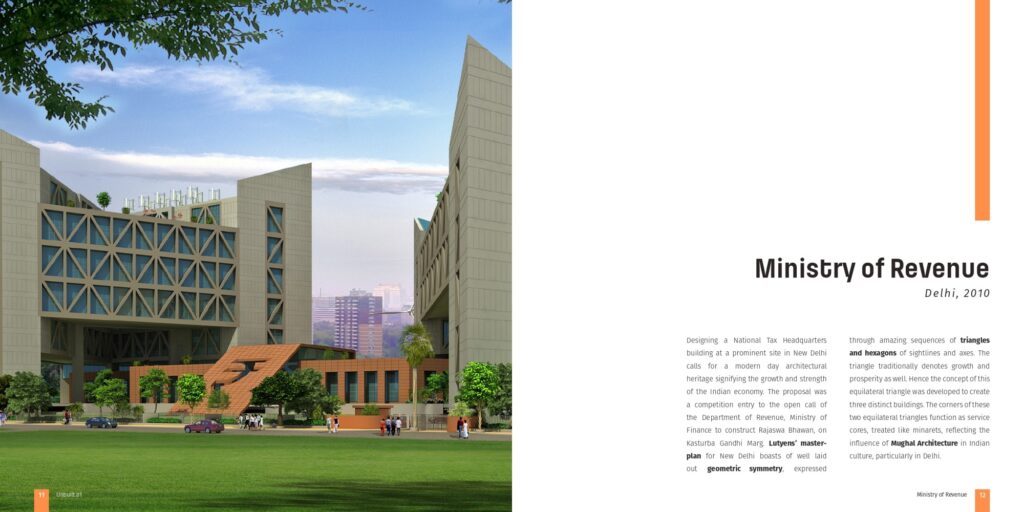

The book ends on a special note, with a Manogat of Ar. Vishwas Kulkarni, the founder of VK:a. “Though unbuilt, the designing of each one has given me a lot of pleasure“, he says. He stresses the importance of the unbuilt as,
“they represent an architect’s or designer’s philosophies and ideas more than their built structures.”


Unbuilt.01 is an enlightening compilation for architects, designers, students and enthusiasts seeking inspiration, insights into the creative process, and a deeper understanding of the architectural discourse. The inclusion of forewords by industry professionals and the founder’s personal reflections adds further value to the book’s content, highlighting the potential of unbuilt ideas and their impact on the field.
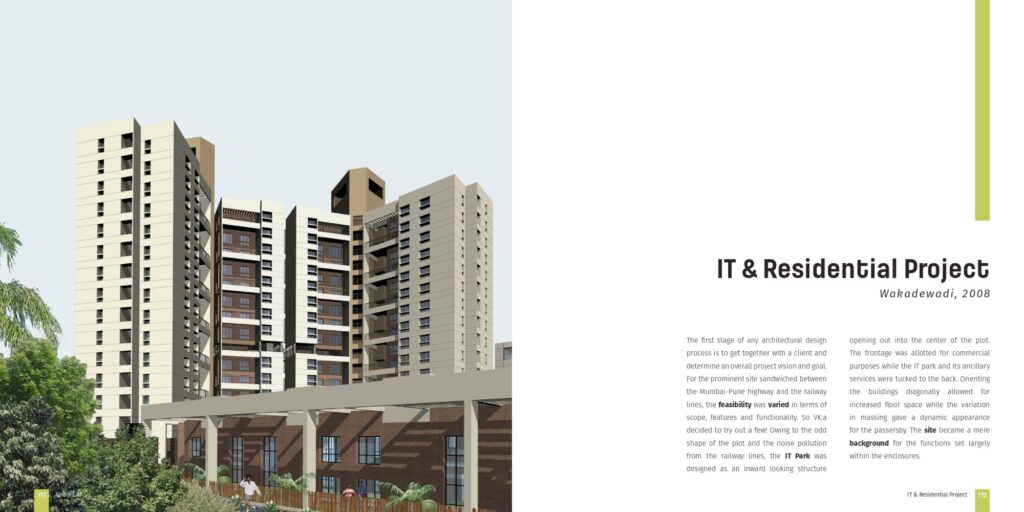
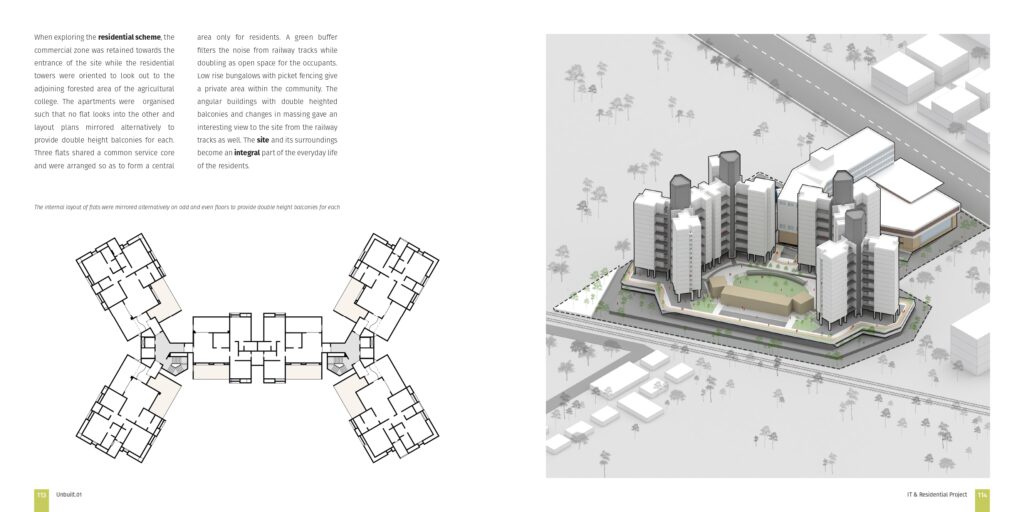
Unbuilt.01 is a tangible manifestation of the energy and excitement invested into exploring these unrealised concepts, making it a valuable resource for the architectural community.

Book Details
Cover Design, Book Design and Layout: CuMiLab
Editors: Bhairumal Sutar
Editorial team: Vishwas Kulkarni, Poojal Jagad
Written by: Athulya Aby
Published by: CuMiLab
Publication Date: 6th May 2023
Price: INR 1200
Link for purchasing the book: Click Here
Foreword by Michael W. Bischoff: Click Here
Introduction by Dwaipayan Chakravarty: Click Here







